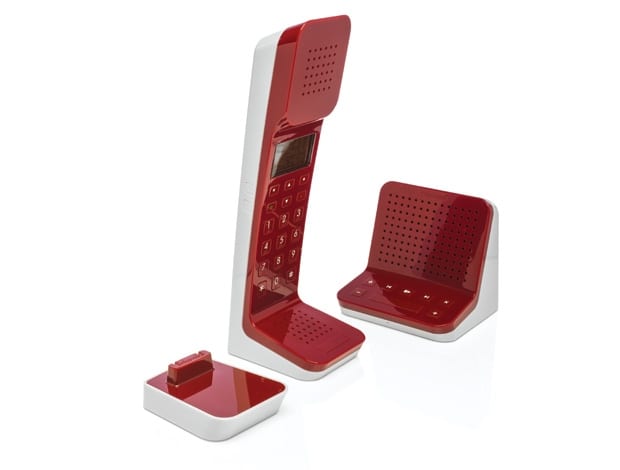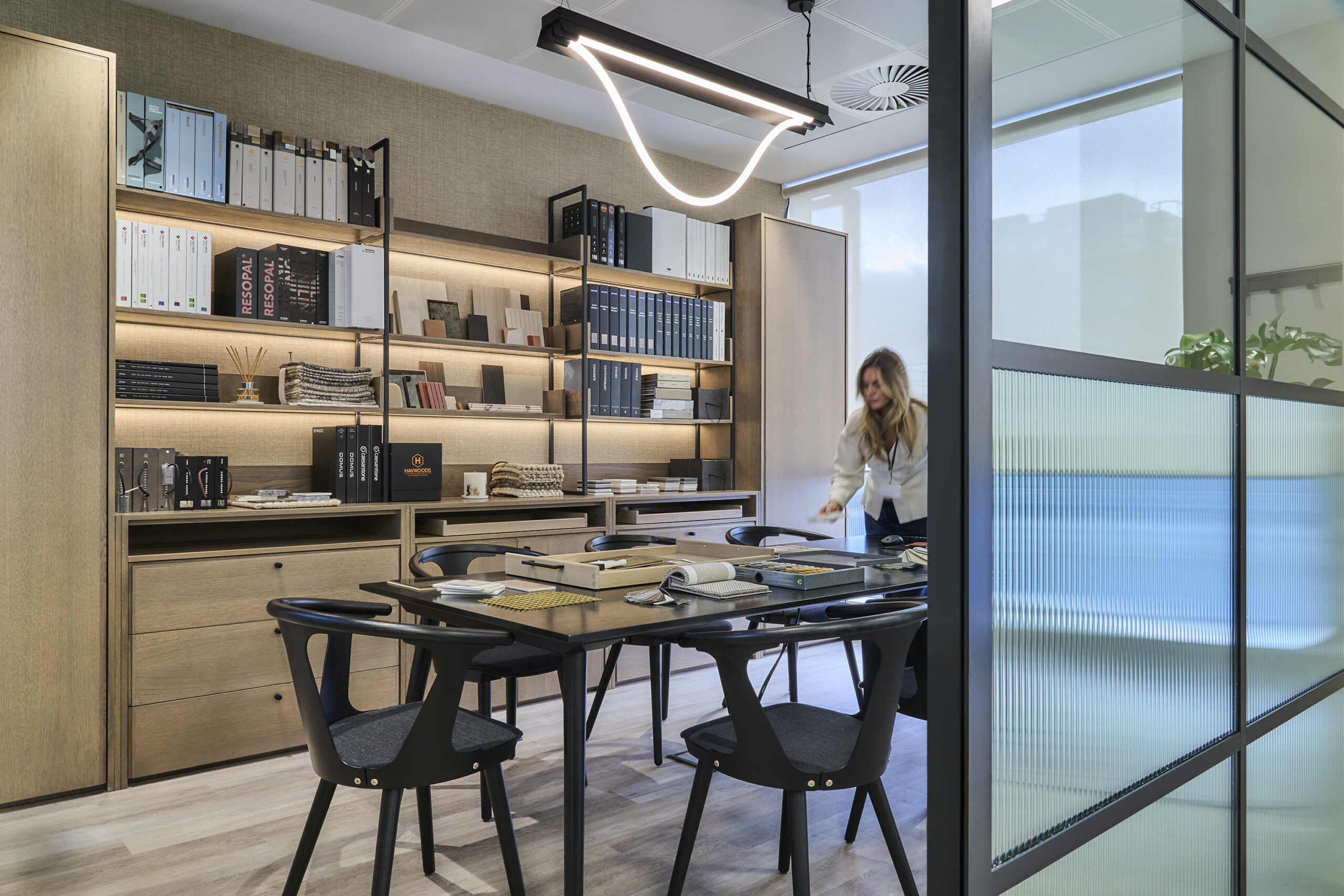 ||
||
The only people who ring a home landline these days are salespeople and your mum. But maybe swissvoice’s new retro model could change all that
In his book The Language of Things, Deyan Sudjic neatly encapsulates a generation’s relationship with the phone. He describes his suburban London home, where it sat on a low table in the entrance hall. “Since this was before the era of central heating, the hall was inevitably cold and uncomfortable – conditions which certainly conditioned an entire generation to approach telephones with extreme caution,” he writes. “Being called to the telephone, as it used to be described, was an uncomfortable experience, and not something to look forward to.”
This was certainly true of my family’s household and was only compounded by the fact that my father was a GP who was known to occasionally give patients our home number. I remember fending off an irate caller who refused to understand why he couldn’t talk to Dr Gibson and wouldn’t accept my explanation that he was calling during working hours and he should really try the local surgery. The conversation ended with me politely disagreeing with his assessment that I was an “arse” by pointing out that I was in fact an 11-year-old boy trying my best. This encounter led to a distrustful relationship with the phone that must be entirely alien to subsequent generations who have grown up with mobile technology.
Nowadays, the only people who call the home phone are telesales workers in distant continents – that tell-tale two second delay never fails to elicit a groan – and my mother (every Sunday at 9.30pm). Once again, the ring of the landline is capable of inducing a sense of faint dread – only now for slightly different reasons.
I mention this only because I currently have the new Swissvoice L7 cordless telephone, designed by the London-based practice Kiwi & Pom, sat on the table in front of me. And it’s safe to say that it’s something of a throwback. For a start, rather than storing messages on handset like the vast majority of modern phones, the L7 comes with an answering machine that closely resembles the device with which Charlie famously used to communicate with his Angels. While this is hardly space efficient, the glowing LED indicating that a message had been left did mean I took notice – I never check the messages on our current home phone.
Like the answering machine, the styling of the handset – where every corner is radiused – harks back to the optimism of the 1960s. Available in five different colours, the phone and answering machine have the usual contemporary features though – including custom ringtones, a contacts book that can store 100 numbers, and the option of hands-free. The base and handset can also work together to be become an intercom system, acting like a walkie-talkie.
Since there was no golden age of telephony for me, seeing an old-fashioned handset doesn’t give me a warm glow of nostalgia – quite the opposite in fact. I have other issues too. The handset’s mouthpiece bends into an L-shape so that it’s directly opposite your mouth when you speak, but this also gets in the way of the keypad when you’re punching in numbers. Meanwhile, both the handset and the answering machine feel light and, well, just a bit cheap (you can currently buy one on Amazon for around £80). The handset combines this with being unnecessarily bulky – when you hold it to your ear, your face feels as though it’s being enveloped in white plastic. That said, I like the clarity and simplicity of the font used for the keypad and enjoyed the typeface on the display screen too.
I’m sure the L7 is supposed to be fun and funky but ultimately there’s something irritatingly ersatz about the whole affair. I’m never convinced by products that want to ape that retro-futuristic look so slavishly. There’s nothing wrong with drawing inspiration from the past of course but then it should be incumbent on designers to do something genuinely new with it, to create products that say something about the present, rather than harking back to a period of history that, while superficially buoyant, was also deeply troubled.



















